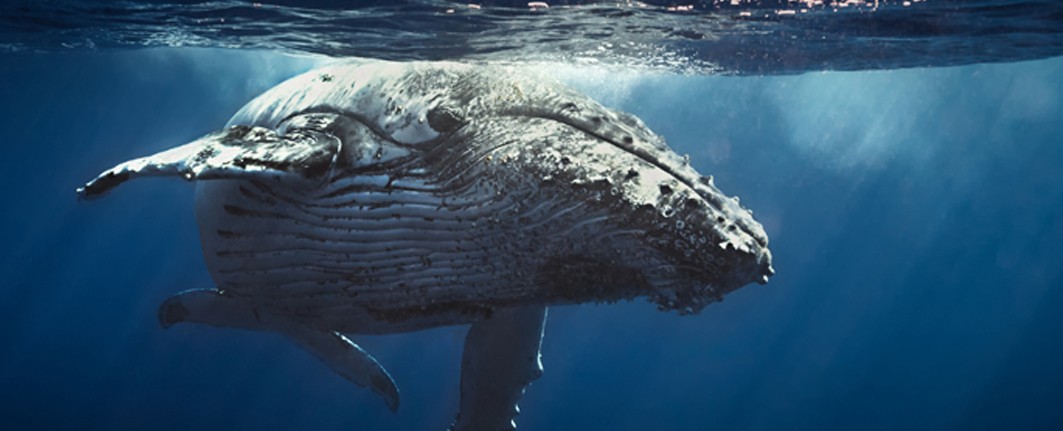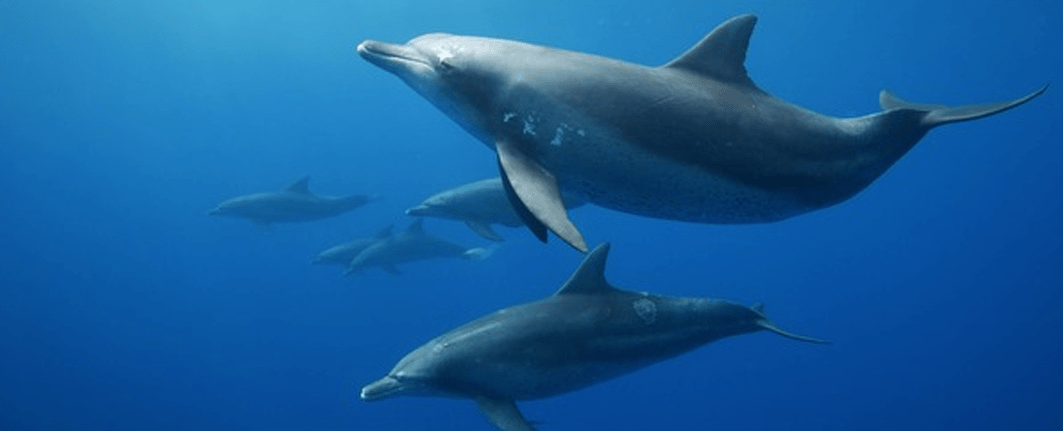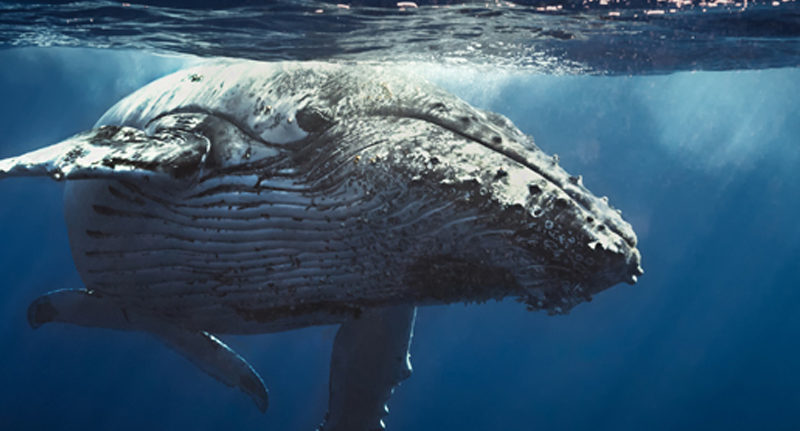Madagascar is not especially rich in marine mammals, but it is a renowned place to see Humpback Whale, and dolphins are sometimes sighted.
Humpback whale

DISTRIBUTION
Found in oceans almost worldwide. One population that spends the summer in cold Antarctic waters migrates thousands of kilometres every year. visiting the Madagascar coast to breed and calve during the austral winter, from May to December. Madagascar humpback whale. The Bay of Antongil is used in July and August as a major breeding and calving site.
ID (Madagascar humpback whale)
A huge marine mammal with a humped back, short stubby dorsal fin and distinctive long flippers that are mostly white. Madagascar humpback whale. Sightings of other whales are rare in Malagasy waters.
VOICE of the Madagascar humpback whale
Renowned for its complex, ever-changing undersea song. BEHAVIOUR: One of the most demonstrative whales due to its frequent breaching. Madagascar humpback whale. Tail and flipper slapping, and bubble-feeding behaviours. Feeds on krill and small fish. The female gives birth to a single calf
WHERE TO SEE the Madagascar humpback whale
Possible anywhere around the coast, especially to the east between May and December. St. Marie Island hosts a large whale- watching industry, with July to September being the best time. The Bay of Antongil (bounded by the Masoala Peninsula)
is less developed for whale- watching, but sightings are also dependable there.
Common / Indo-Pacific Bottlenose Dolphin
Tursiops truncatus/audiences

DISTRIBUTION
Found in warm and temperate oceans worldwide. Madagascar humpback whale. Occurs all around Madagascar’s coast. These two species were recently split, and the identity of the dolphins in Malagasy waters remains to be determined.
ID
A large, chunky, generally uniformly greyish dolphin with a sturdy, bottle-like beak. This classic, familiar species accounts for the vast majority of dolphin sightings
around Madagascar. Spinner Dolphin Stenella longirostris (not illustrated) is occasionally seen, usually far offshore; it averages smaller and slimmer, with a much longer beak; and often spins when it leaps out of the water.
VOICE
Uses clicks to echolocate prey.
BEHAVIOUR
A social animal that lives in pods, normally containing up to 15 individuals, but sometimes comprising hundreds. Active and playful, and makes spectacular leaps out of the water. Feeds mainly on fish, krill, and squid. Females give birth to a single calf.
WHERE TO SEE
Possible anywhere around the coast, but most frequently seen in the Nosy Be area
HT AGENCY TOURS
Luxury Madagascar with the best luxury African safari tours packages. Discover your next perfect destination with HT Agency Tours

